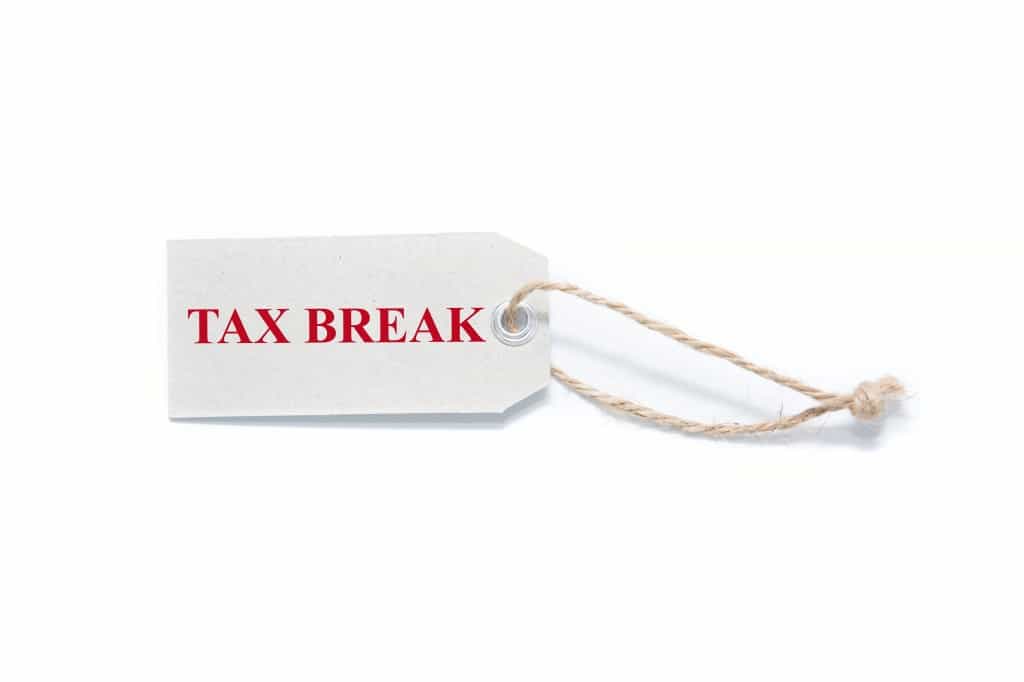2020 has been a crazy year for investors, with more volatility than we’ve seen in more than a decade. That’s created plenty of opportunities for those who’ve been ready to take advantage of them. However, it also creates some traps for the inexperienced.
One of the most common strategies for tax planning involves harvesting tax losses. The tax break the IRS gives you is a silver lining after suffering a loss in your portfolio. But one mistake many people make is to wait too late before doing their tax loss harvesting. Delaying unnecessarily can cost you more money than you’d expect.
The basics of tax loss harvesting
When you invest in a regular taxable account — that is, not an IRA or other retirement account — then you get to decide when you’re going to deal with the tax consequences of gains and losses in your portfolio. If you hold onto your stock, then it doesn’t matter whether it’s gone up or down in value. There’s no tax impact until you decide to sell.
When you do sell, what happens depends on what you paid and how much you get in sale proceeds. If you have a profit, it’s a capital gains and subject to tax. If you have a loss, you get to treat it is a capital loss. You can use capital losses to offset capital gains on other investments, and you can take up to $3,000 each year in capital losses and use it to reduce other types of taxable income. That includes wages and salaries as well as interest and dividend income from your stocks and other investments.
Why waiting is tempting — but a mistake
Nobody likes to take losses in their portfolios, so putting off tax loss harvesting feels natural. But to claim a loss on your taxes, you have to get your sale done by the end of December.
The problem is that you’re not the only person holding those losing stocks and wanting to harvest their losses. What often happens is that as the end of the year approaches, a hard-hit stock will come under even more pressure from a rash of selling from those looking for their tax break. Buyers are aware of this and demand cheaper prices on average to buy the year’s big losers.
The longer you wait, the more selling pressure has already pushed the stock price lower. Wait until the end of December, and you could end up buying right at the bottom. Then, when January comes and the time for tax loss harvesting is over, the disappearance of that selling pressure can cause the stock to bounce back — after you’ve already sold.
The benefit of selling first
If you don’t believe in market timing, then this all might seem farfetched. However, in this case, it’s the IRS that creates the artificial constraint of having to sell by year-end.
Once you know you want to sell, selling before everyone else can let you lock in a better price than those who wait longer. Often, those who sell first are able to get hundreds or even thousands of dollars more for their shares. Sure, the size of their tax loss is smaller — but they’ve also lost less money. It’s always better to minimize your losses than to lose extra money just to get a tax break.
If you sell now in September, you have some other opportunities as well. Under the wash sale rules, you can’t buy back stock you’ve sold at a loss until 30 days have passed. If you’re interested in buying back your sold shares, that gives you plenty of time to take advantage of even lower prices later in the fall.
Nobody really likes tax loss harvesting, because it means your investment was unsuccessful. But the tax break from the IRS gives you at least a little benefit at tax time to take the edge off a losing stock.

